Some creatures don’t just survive – they rewrite what we thought was possible. From underwater shockwaves to blood that doesn’t bother with hemoglobin, these adaptations feel like loopholes in the rulebook of life. Scientists keep uncovering the mechanics behind them, but the wonder never fades; the first time I watched a pistol shrimp snap on a lab video, I genuinely flinched. Each of the following ten marvels blends physics, chemistry, and evolution into something that looks almost unbelievable at first glance. Read on with curiosity – and a little humility – because nature’s engineers have been at this far longer than we have.
Pistol Shrimp: The Underwater Shockwave
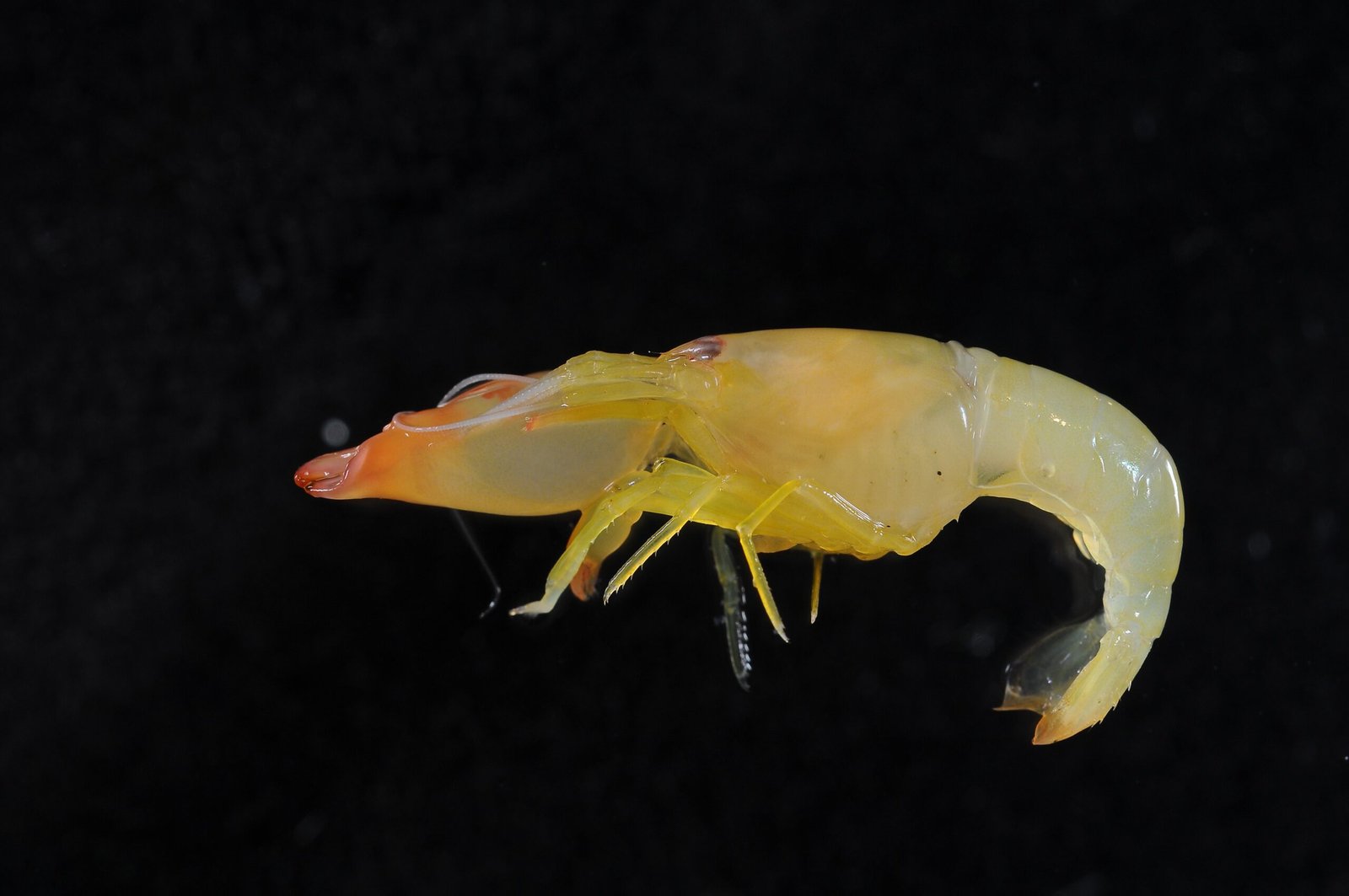
How can a creature the size of your thumb create a blast that rattles fish meters away? The pistol shrimp snaps a specialized claw so fast it tears a bubble from the water, and when that bubble collapses, it releases a shockwave and a blink of light. This isn’t a myth; it’s fluid dynamics turned up to eleven, a tiny demonstration of cavitation that engineers wrestle with in ship propellers. The shrimp uses the blast to stun prey, remodel burrows, and even communicate dominance without a fight.
What looks like cartoon violence is really exquisite bio-design: a trigger mechanism, a plunger-like claw, and a chamber that funnels energy with precision. I still remember replaying the footage frame by frame, trying to catch the exact instant the bubble implodes. You don’t see the air – you see the consequence, like thunder without lightning. And that’s the pistol shrimp’s power: it makes the invisible physics around us suddenly audible.
Tardigrades: Masters of the Pause Button

Tardigrades, the chubby “water bears,” do something outrageous when life turns harsh – they press pause. By drying out and curling into a tun state, they park their metabolism near zero, protect their DNA with glass-like molecules, and wait out the bad times. When water returns, they reboot, shrugging off extremes that would shred most cells. It’s not immortality, but it’s astonishing resilience.
Researchers study these survival tricks for clues to stabilize vaccines, preserve cells, and maybe someday ship delicate biology across long distances. The lesson hits home: sometimes winning isn’t about force, it’s about patience. Tardigrades redefine toughness as the art of not breaking. Think of them as the ultimate emergency backup system written in protein and sugar.
Wood Frogs: Freeze, Don’t Die
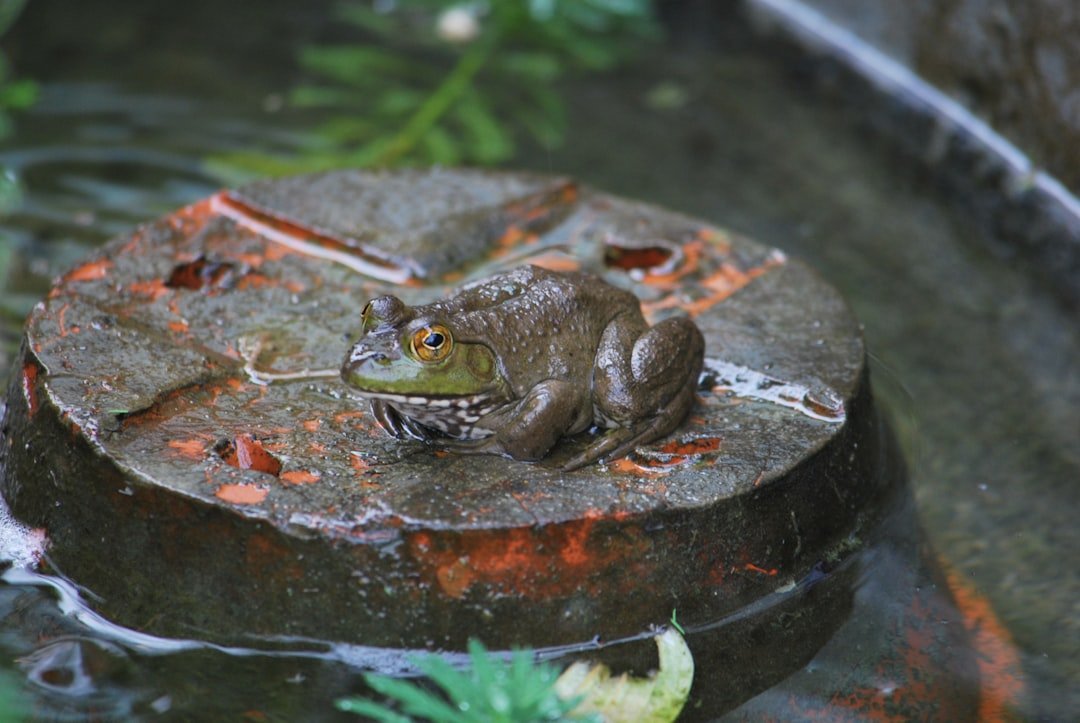
Wood frogs in northern forests weather winter not by hiding from ice, but by becoming ice. As temperatures dive, they flood tissues with natural antifreeze – glucose and urea – so ice forms outside cells while the vital machinery within stays intact. The heart stops, breathing halts, and yet the frog doesn’t cross that final line. Come spring melt, circulation flickers back and the animal hops off as if nothing strange happened.
This seasonal suspended animation has medical scientists leaning in. If a frog can survive halted circulation without catastrophic damage, what might that teach us about protecting human organs for transplant? The frog’s strategy is blunt but elegant: protect the delicate, control the chaos, and trust the thaw. It’s winter survival rewritten as chemistry.
Axolotls: Regeneration Without Scars
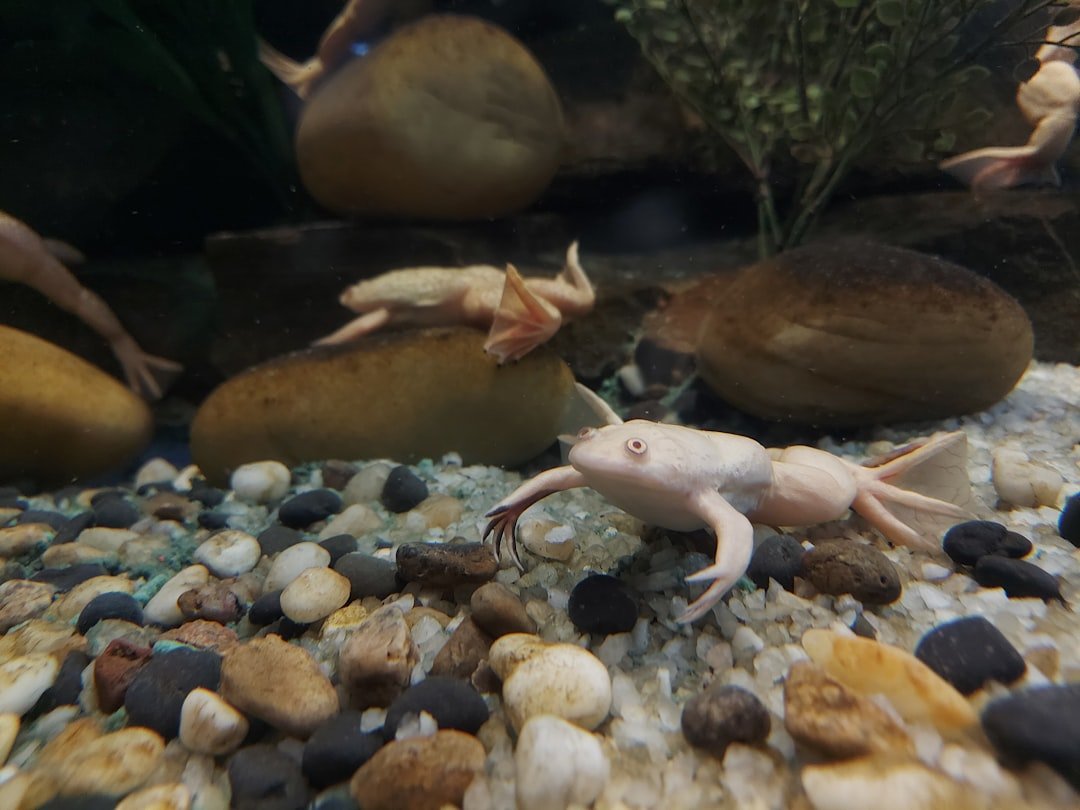
Axolotls don’t just heal; they rebuild. Lose a limb, a chunk of heart, or part of the spinal cord, and they grow it back with the right shape and function. Cells near the wound rewind their identity, forming a blastema – an embryonic-like zone that maps out a fresh structure. Where mammals lay down scar tissue, axolotls sketch blueprints and start construction.
The implications are enormous. If we can decode the signals that tell cells when to rewind and when to specialize, regenerative medicine could jump from wishful thinking to planned repair. I’ve met people who keep axolotls because they look like soft, smiling aliens; the true alien trait is what’s happening under the skin. It’s a quiet refusal to accept loss as final.
Antarctic Icefish: Life With Clear Blood
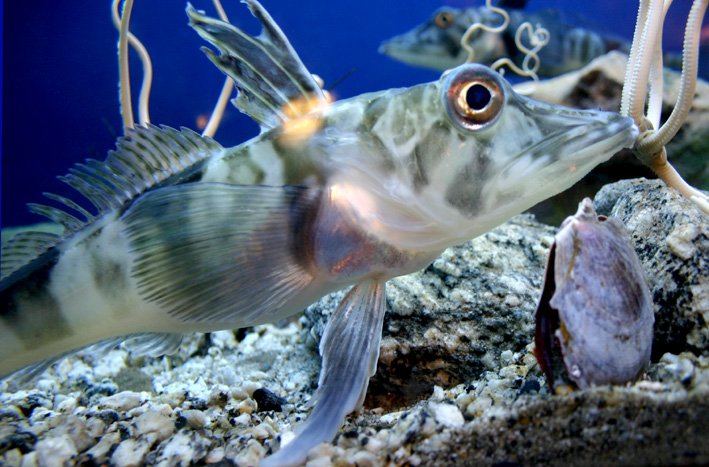
In the black-and-blue cold of the Southern Ocean, some icefish do without hemoglobin. Their blood runs nearly transparent, buoyed by oxygen-rich water and oversized hearts that push flow like a slow, steady pump. Antifreeze proteins patrol their fluids, blocking lethal ice crystals before they take shape. It’s a radical budget cut – ditch pigment, keep the pipeline.
What seems impossible at room temperature becomes workable when physics shifts in the cold. These fish reveal how evolution can solve problems by removing parts, not just adding them. Less can truly be more when the environment lends a hand. Clear blood, clear logic – just add subzero seas.
Mantis Shrimps: Speed, Impact, and Technicolor Vision
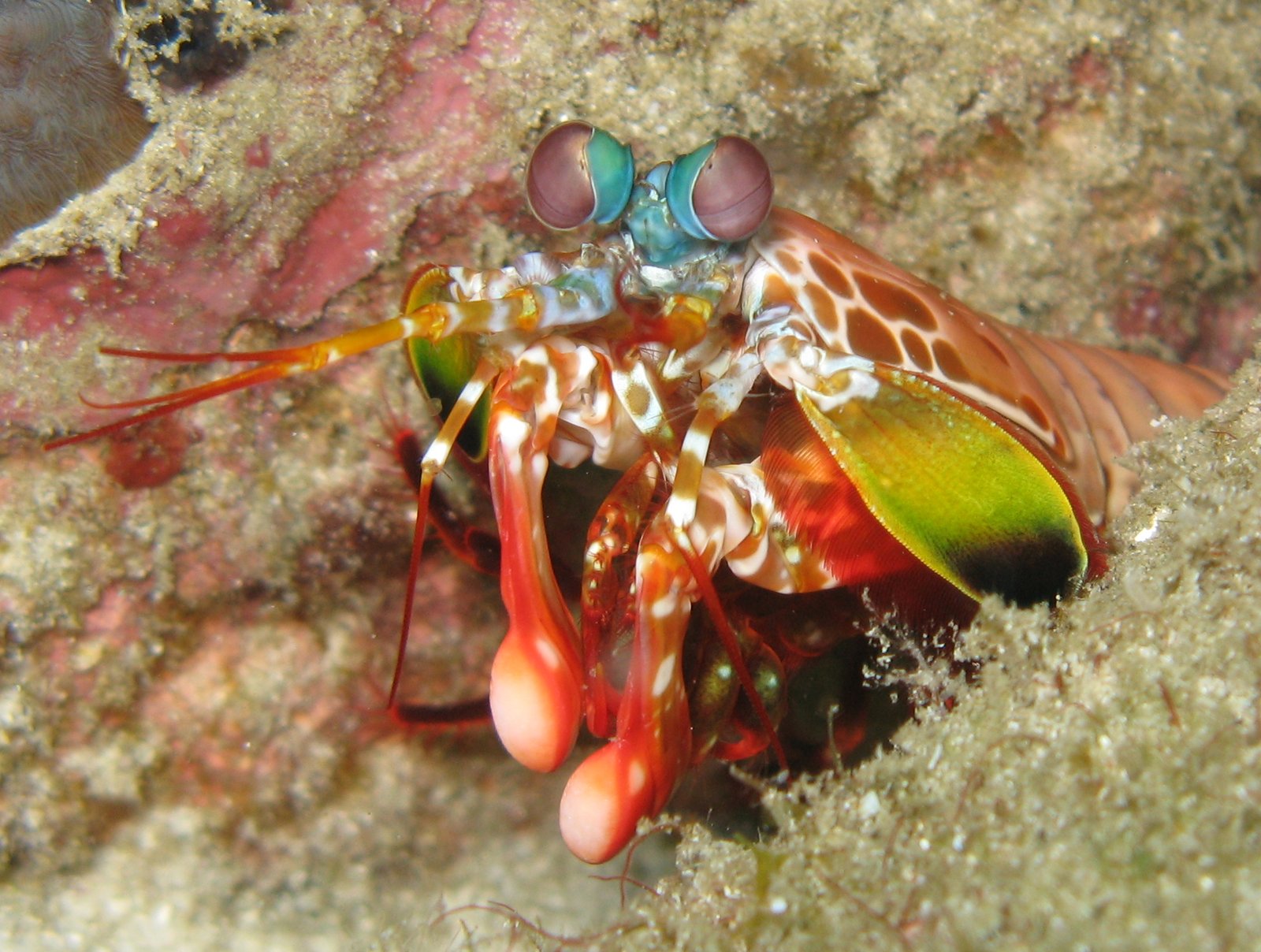
Mantis shrimps carry spring-loaded clubs that fire with ridiculous acceleration, cracking shells and creating miniature cavitation bubbles on impact. The club’s layered microstructure resists shattering, a natural composite tougher than it looks. And then there are the eyes – sophisticated sensors that perceive polarization and have up to 16 color receptors, though studies show they have surprisingly poor color discrimination. It’s like meeting a boxer who also happens to be a master photographer.
Engineers study the club for next-generation armor and the eyes for advanced cameras and optical communication. There’s swagger to this animal, and it’s earned. Every strike is a physics lesson, every glance a nudge to our limited vision. You don’t need myth when the reality already sounds exaggerated.
Archerfish: Ballistics From a Leafy Firing Range
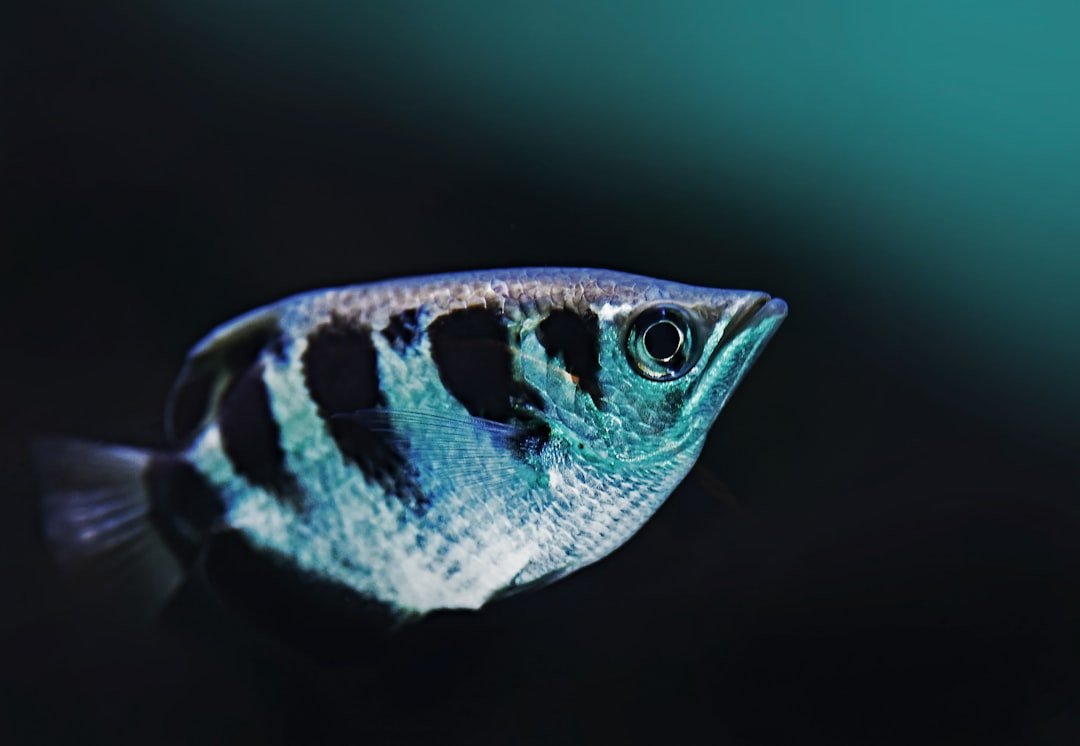
Archerfish knock insects off branches by blasting water jets with uncanny aim. They correct for refraction, distance, and the shape of their prey, shaping their mouths to form a temporary nozzle. Young fish start clumsy, then learn by trial and error, practicing until their shots become reliable. It’s a tiny school of ballistics conducted under mangrove shade.
What looks like a parlor trick is really problem-solving plus modular anatomy. The fish adapts to wind, angle, and moving targets in real time. Every shot is a calculation expressed in water. The bullseye lands with a splash, and lunch follows gravity.
Basilisk Lizards: Running on Water, Literally
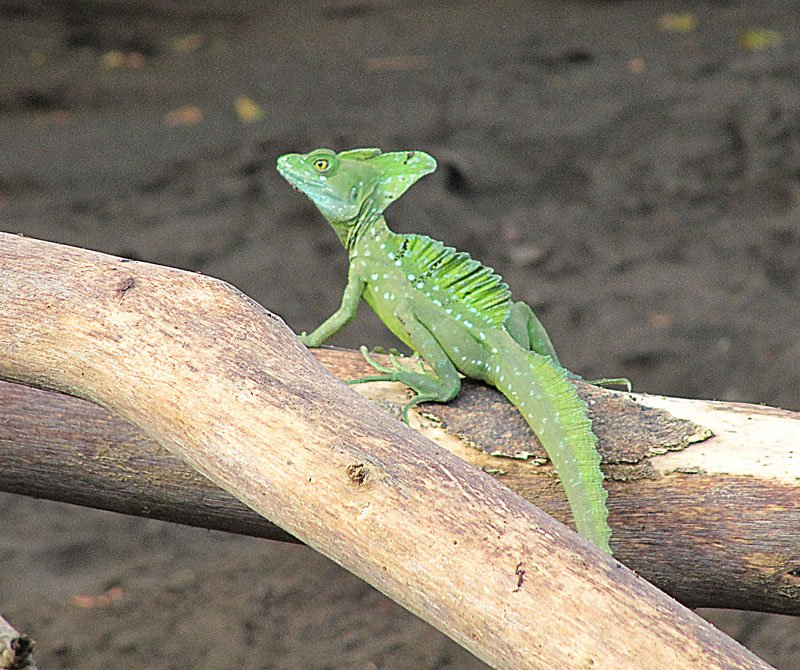
The so-called Jesus lizards sprint across ponds by slapping and pulling with fringed hind feet, using speed and technique to generate lift and keep from sinking. Their bodies pitch just right, and for a moment the rules feel bent, even though it’s pure biomechanics. Slow down and they fall through; keep tempo and the surface holds. It’s dance as survival strategy.
The trick has inspired robotics teams to design small machines that skim water using similar slapping gaits. Watching a basilisk is like seeing a physics demonstration with attitude – timing over brute strength. The takeaway is simple: a well-tuned movement can cheat drag and borrow lift. The pond becomes a runway for the correctly engineered stride.
Bombardier Beetles: Chemical Cannons on Six Legs
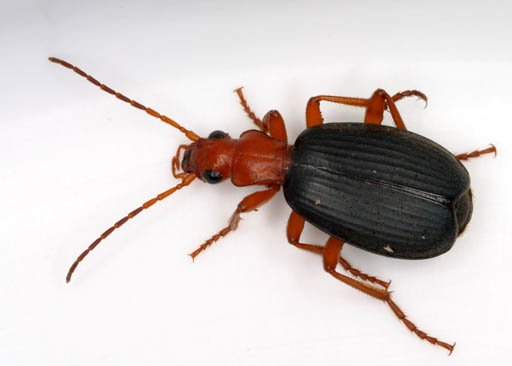
Corner a bombardier beetle and it fires a hot chemical spray from a swiveling turret at its rear. Inside, two reactant reservoirs mix on demand, catalyzing a rapid reaction that heats and ejects the defensive burst in pulses. The beetle times those pulses so it doesn’t cook itself, venting pressure like a tiny engine. Predators learn fast that this is one snack not worth the sizzle.
It’s chemistry class wrapped in armor: storage, catalysis, heat management, and aim. Materials scientists borrow ideas from the beetle’s chamber to design safer micro-reactors. I’ve smelled that acrid tang once in the field, and it sticks with you. Nature’s lab coat is tougher than Kevlar.
Star-Nosed Moles: Touch at the Speed of Need
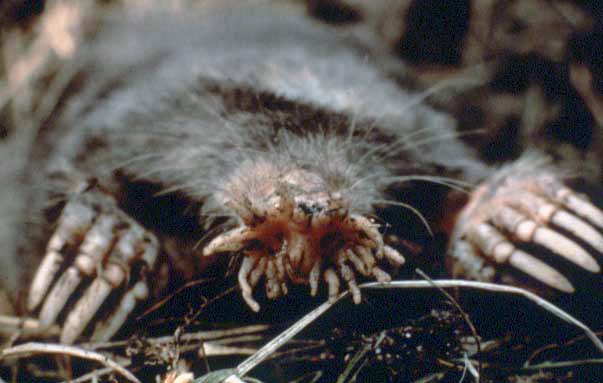
With a face like a living starburst, these moles turn touch into a superpower. The fleshy rays around their snout are packed with sensory organs that sample the world in rapid snapshots, letting the animal decide what’s edible in the blink between heartbeats. In pitch darkness, speed is survival, and the star does the seeing. It’s the fastest foraging you’ll never witness.
The design flips our vision-centered bias: here, touch leads and wins. Neurobiologists study the mole to understand how brains process dense, rapid data without overload. The nose becomes a keyboard, the soil a song. Efficiency, not elegance, creates a kind of underground grace.
Conclusion: Why These Marvels Matter
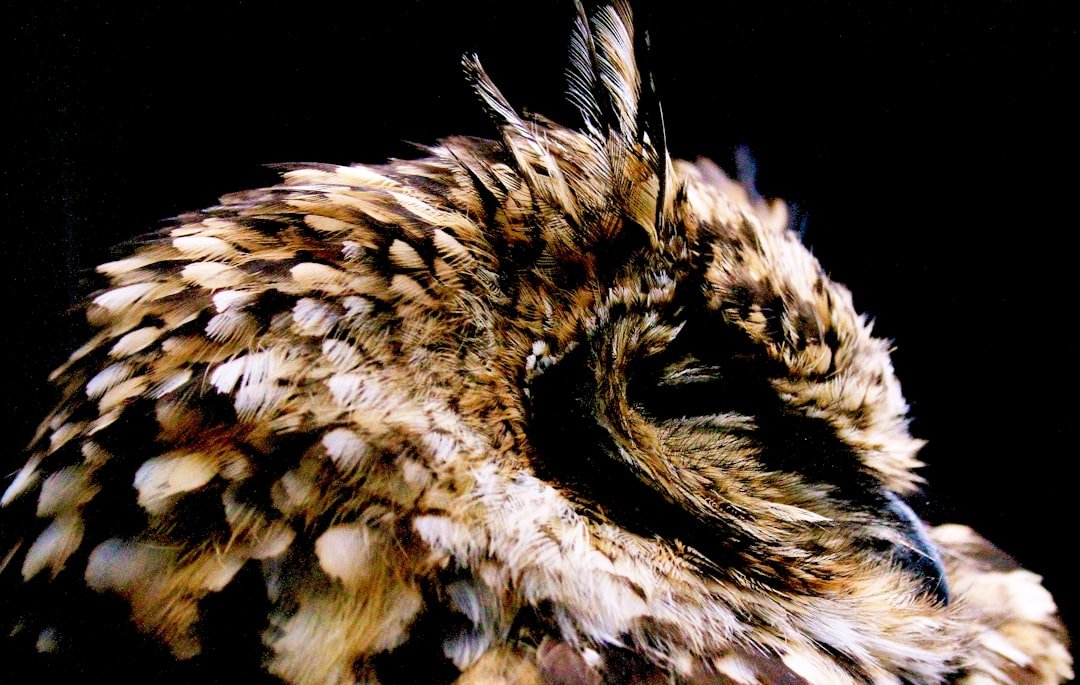
These adaptations aren’t party tricks; they’re living patents. Engineers mine them for materials that won’t shatter, sensors that see the unseen, and methods to store life on pause without damage. Doctors dream about scarless healing and organs that travel safely across borders. Conservationists argue, rightly, that losing the species could mean losing the ideas locked inside them.
I’ll stake a claim here: the wild is not just beautiful – it’s a research library we’ve barely learned to read. Every field trip and lab experiment turns a page. If we keep those pages intact, they may yet teach us to mend bones, build better cameras, and design machines that move like water. Which of these lessons surprised you most?

Suhail Ahmed is a passionate digital professional and nature enthusiast with over 8 years of experience in content strategy, SEO, web development, and digital operations. Alongside his freelance journey, Suhail actively contributes to nature and wildlife platforms like Discover Wildlife, where he channels his curiosity for the planet into engaging, educational storytelling.
With a strong background in managing digital ecosystems — from ecommerce stores and WordPress websites to social media and automation — Suhail merges technical precision with creative insight. His content reflects a rare balance: SEO-friendly yet deeply human, data-informed yet emotionally resonant.
Driven by a love for discovery and storytelling, Suhail believes in using digital platforms to amplify causes that matter — especially those protecting Earth’s biodiversity and inspiring sustainable living. Whether he’s managing online projects or crafting wildlife content, his goal remains the same: to inform, inspire, and leave a positive digital footprint.




